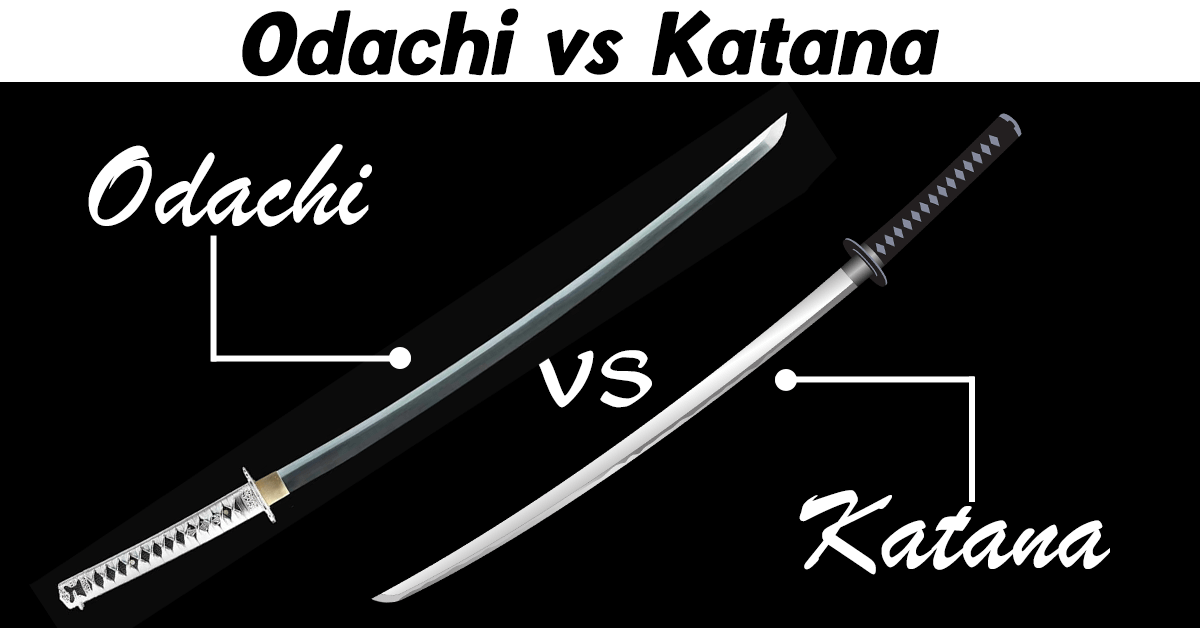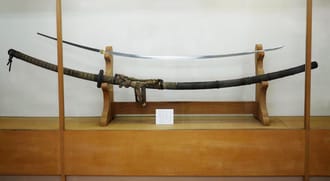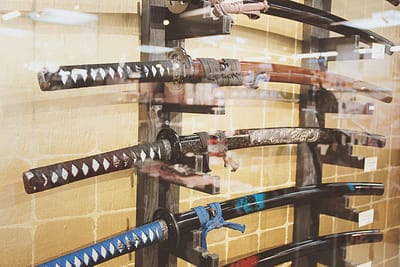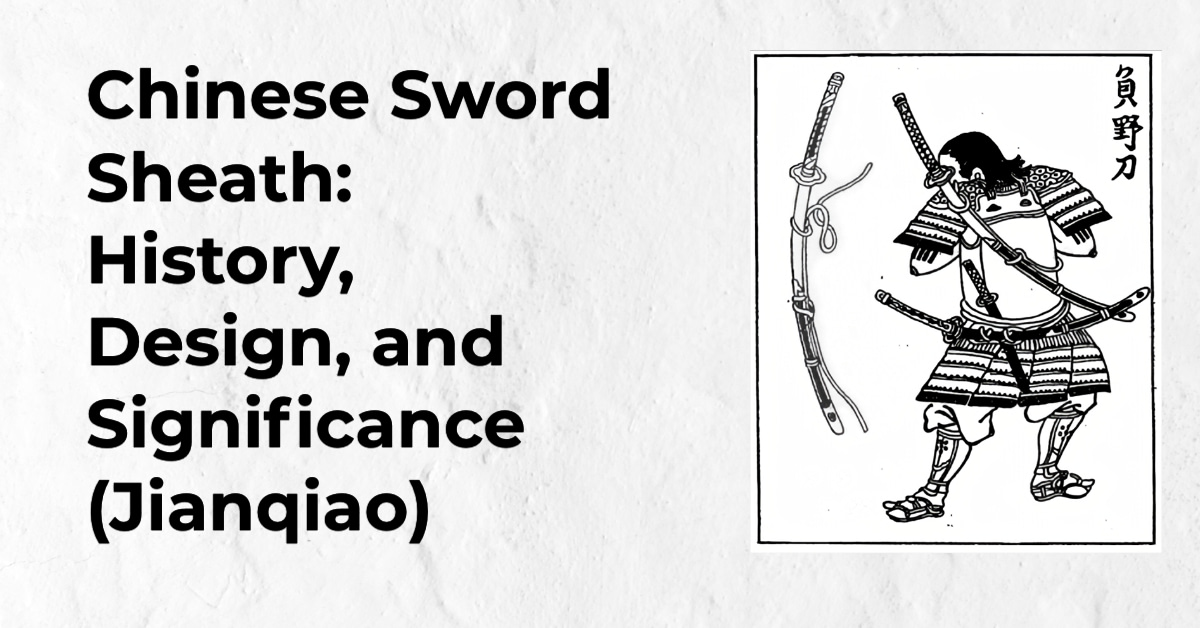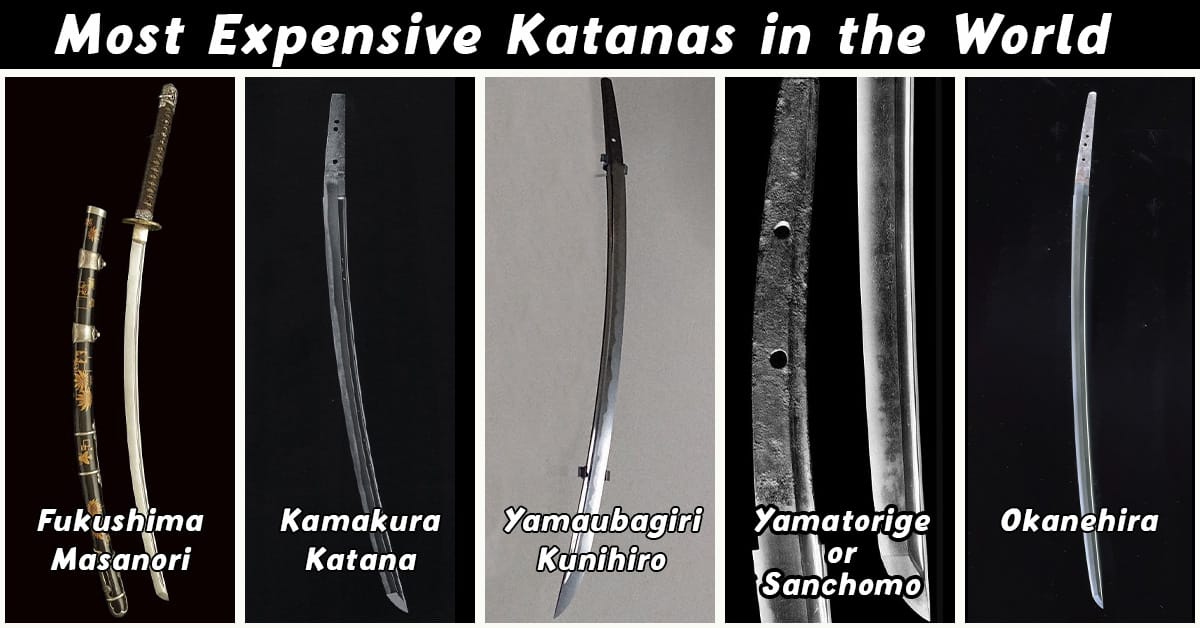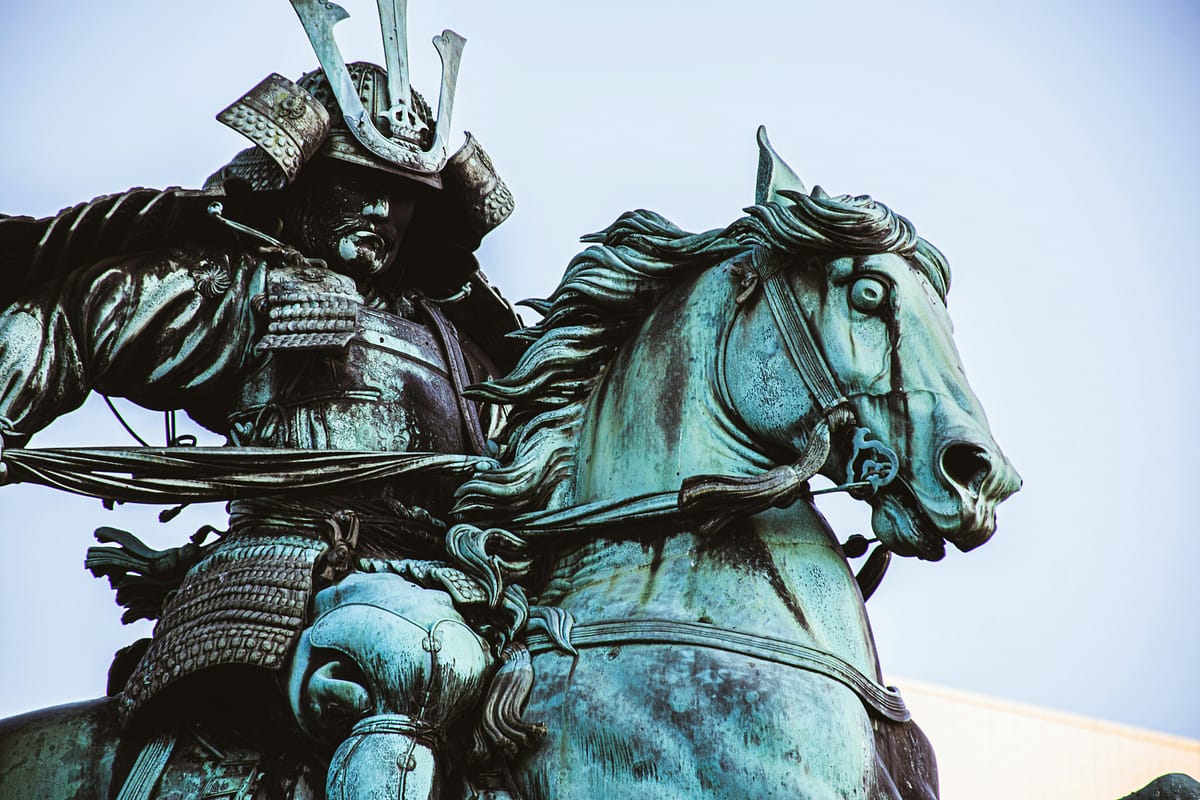Nodachi vs Katana: A Comparison of Japanese Samurai Swords
The Nodachi and Katana were the two hot weapons carried by famous samurai warriors in ancient Japan.
The article will examine the differences between the swords, how they were produced, and which functioned better in battle.
Historical Context:
- Nodachi: The nodachi emerged in the 14th century as a battlefield weapon for infantry to counter mounted cavalry. It was useful for sweeping assaults against several foes due to its size. The use of these weapons started to decline as the guns and other weaponry items started to produce more.
- Katana: The katana's development began in the 15th century, evolving from the longer tachi sword. In close-range battling the curved blade and shorter length offered more flexibility. The katana became a vital component of Japanese culture and a sign of samurai nobility during the calm Edo era (1603–1868).
Types of Nodachi and Katana:
- Nodachi: There are no distinct sub-types of nodachi, but variations exist in blade length and curvature depending on the region and swordsmith.
- Katana: Katanas have several sub-types based on blade length, curvature, and fittings. Some common types include the uchigatana (earlier, slightly curved sword) and the wakizashi (shorter sword often paired with the katana).
Forging Techniques:
Both nodachi and katana use the traditional Japanese tamahagane steel forging method. This multi-step process involves folding different grades of steel, creating a strong and flexible blade.
Famous Uses:
Nodachi: Though not as well-known, samurai leaders probably used nodachis in big fights like the Battle of Okehazama in 1560.
Katana: Katanas are all over Japanese history! Samurai used them for duels and even rebellions, like the Shimabara Rebellion that lasted from 1637 to 1638.
How the nodachi and katana are different:
The nodachi and katana are both long swords, over two shaku (about two feet) long. The nodachi is a kind of katana, but it's very big. Sometimes called an "odachi," which means "field sword," it's not exactly clear what the difference between the two names is.
Combat Preference: nodachi and katana
Skilled Japanese swordsmiths carefully made the tachi and katana. These famous swords became known for their incredible fighting ability throughout Japanese history. Traditionally wielded with two hands yet adaptable for solo use, these venerable weapons served as crucial secondary implements alongside larger spears, bows, and rifles on the tumultuous battlefields of yore.
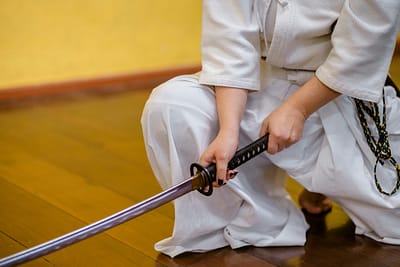
Combat Preference: nodachi and katana
The tachi sword has a big curve and is great for slashing attacks, perfect for fast and powerful cavalry charges on horseback. But the katana has a smaller curve and can be used for both slashing and poking, which helped samurai warriors be super accurate in close combat.
Because it's short and can be pulled out quickly, the katana became the favorite sword for ground battles and self-defense. Even though some tachis were changed to copy the katana, the katana is still considered the coolest sword ever! Portable and lethal, the katana's adaptability for slashing both on foot and horseback elevated it to the esteemed status of primary armament, epitomizing the quintessence of Japanese swordcraft and martial prowess in its purest form.
The Blades: nodachi and katana
Craftsmen use traditional Japanese tamahagane steel for crafting both the nodachi and katana. These swords have curved blades with a single cutting edge and various blade profiles called zukuri. Each profile has distinctive tips known as kissaki. Both swords also incorporate grooves called bohi in their design, which reduce weight and adjust balance for optimal handling.
Regarding size, the nodachi ordinarily has a more drawn-out edge, estimating around 45 inches (114 cm), while the katana's cutting edge is more limited, averaging around 29 inches (74 cm) long.
The Handles: nodachi and katana
The tough, high-quality tamahagane steel, famous in Japan for its high carbon content, is what the nodachi and katana are forged from. They are similar in design, with curved blades and special tips. Both have grooves to make them lighter and easier to hold.
The nodachi's blade is much longer, reaching about four feet. The katana's blade is shorter, at about two and a half feet.
The Sheaths: nodachi and katana
Both swords have wooden covers called scabbards. The nodachi's scabbard is much bigger, often exceeding the length of the blade itself. Due to its size, samurai typically carried the nodachi on their backs and might require assistance to draw it.
Katanas were worn on the left hip with the sharp edge facing upwards. This positioning allowed for a smooth, one-handed draw in combat situations. Samurai often carried a shorter sword called a wakizashi or a knife called a tanto alongside their katana. This combination provided them with options for close-quarter combat or situations where the katana wasn't ideal.
Size and Weight of nodachi and katana
In early Japan, the nodachi reigned supreme in terms of size. These blades ranged from four to seven feet long and could weigh up to ten pounds. The katana, in contrast, was lighter and more agile, typically around three feet long and weighing around five pounds. The nodachi's weight distribution often favored a heavier tip for powerful strikes, while the katana's balance point varied depending on its specific design.
Summary of the nodachi vs katana:
The nodachi and katana appeared between the thirteenth and sixteenth centuries. Although the nodachi was a fearsome weapon, more useful weapons like spears and guns eventually took its place. However, because of its adaptability and efficiency in a range of fighting situations, the katana continued to be an indispensable weapon. While the katana, whether employed by foot troops or expert samurai, excelled in a variety of battle conditions, the nodachi was primarily focused on slicing strikes to breach enemy lines. Although the nodachi fell out of favor against armored opponents, the katana's adaptability ensured its enduring significance.During the 13th to 16th centuries, both the nodachi and katana emerged. While the nodachi was formidable, it gradually became replaced by more practical weapons like spears and firearms. On the other hand, the katana remained invaluable due to its versatility and effectiveness in various combat scenarios. The nodachi focused on slashing attacks to break enemy lines, while the katana, wielded by foot soldiers or skilled samurai, excelled in various combat scenarios. Although the nodachi fell out of favor against armored opponents, the katana's adaptability ensured its enduring significance.
 Harry Potter
Harry Potter